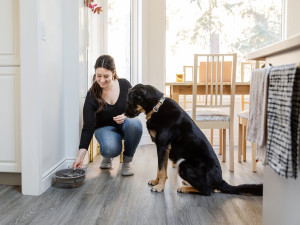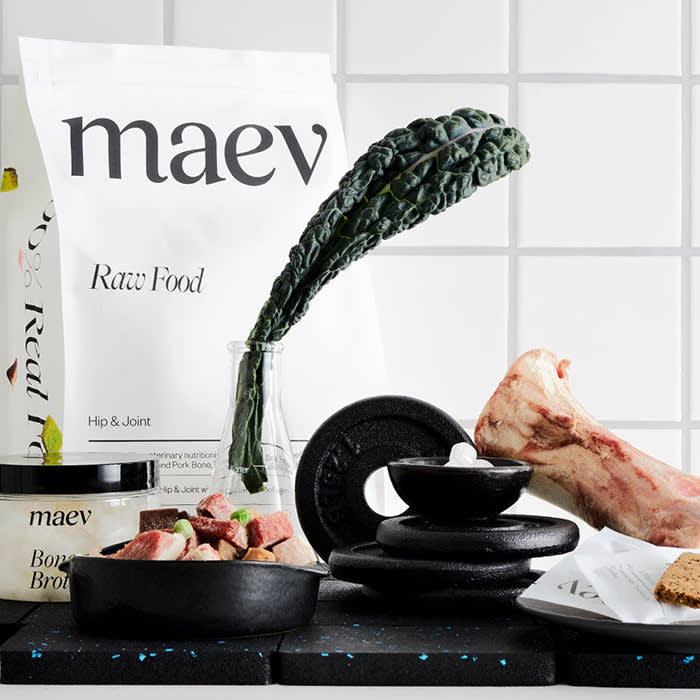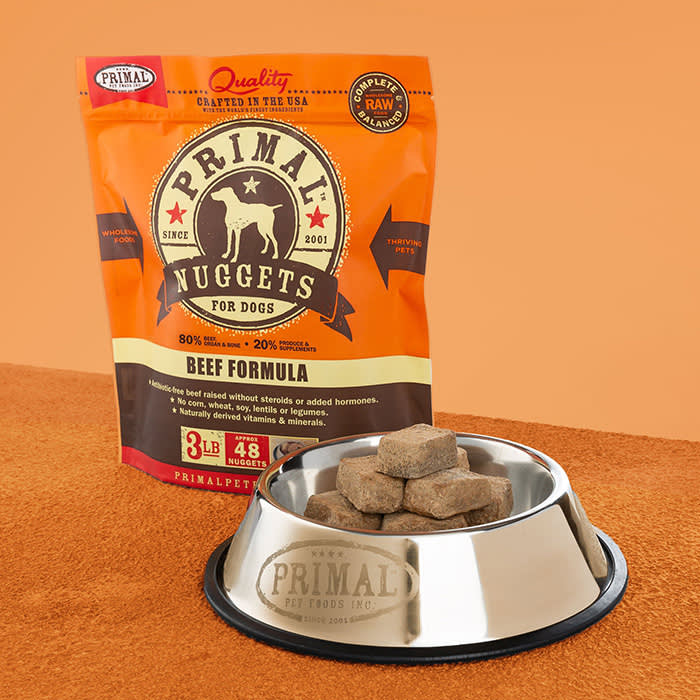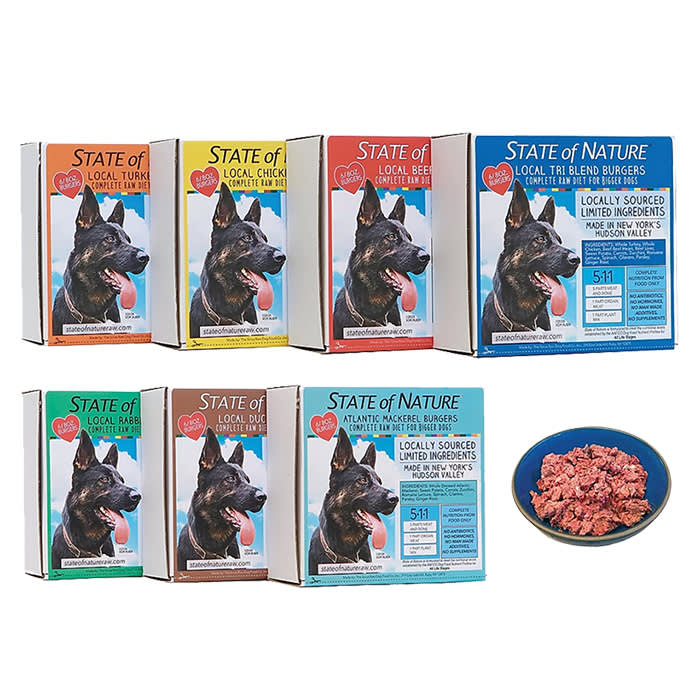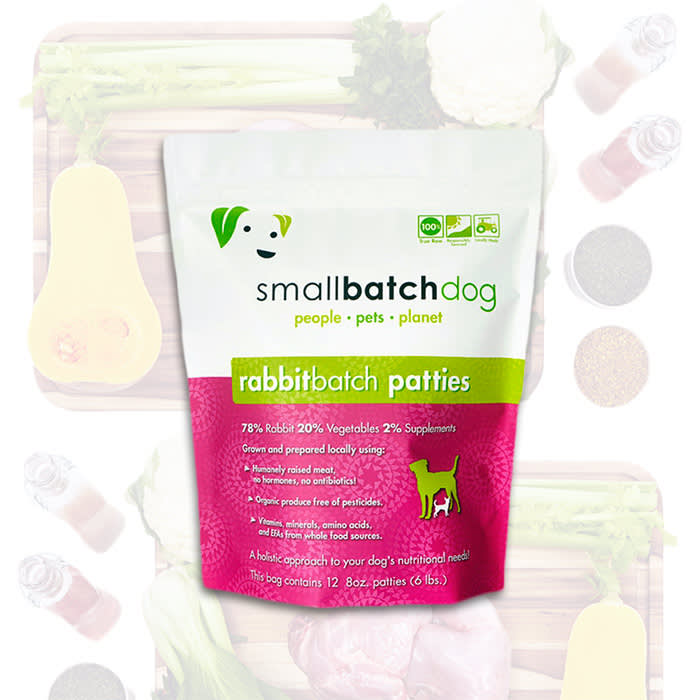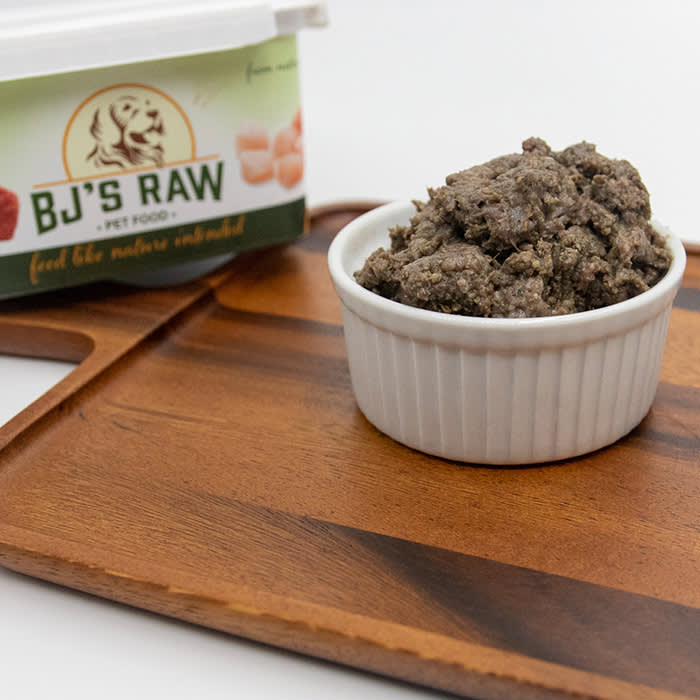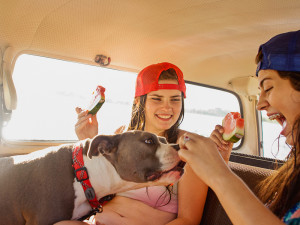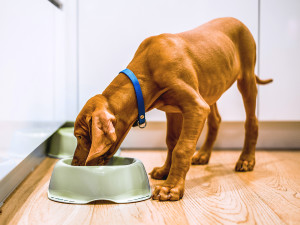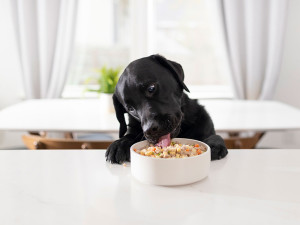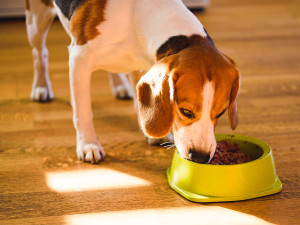6 Raw Food Brands For Dogs to Devour
Plus, two nutritionists discuss the pros and cons of the feeding trend.
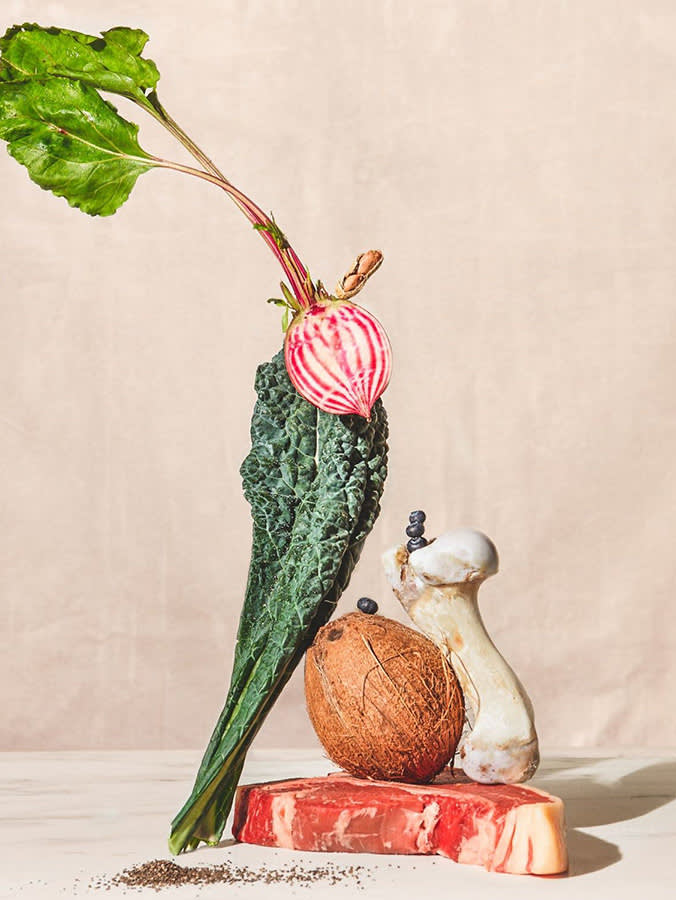
share article
People will try any slew of tactics, like intermittent fasting or keto, in an attempt to get healthier — whatever that means. But pet parents know it’s equally important to give our dogs that same level of nutritional effort. One emerging means of doing so is by feeding pups raw food. “Raw diets are a hot topic in the pet nutrition world,” veterinary nutritionist Dr. Emily Luisana explains to The Wildest. The core concept of this dog diet is to inspire a more natural style of eating. “There has been a general trend towards an ancestor-type diet. Proponents of this idea feel that it may more closely replicate what dogs eat in the wild and that reduced processing of the diet may be healthier,” Dr. Luisana says.
What are the pros of a raw-food diet?
Typically, a raw-food diet includes organ meats, muscle meat, whole or ground bone, raw eggs, fresh fruits and vegetables, and certain dairy products. Veterinary nutritionist Dr. Sally Perea adds that the resources and options for raw food diets have grown immensely over the past 20 years. “Originally, raw diets were primarily prepared by the pet parent at home. In these cases, one benefit I would see is that the pet parent had a lot of say and control over what they included in their pet’s diet. This could help to tailor the diet toward a specific goal, such as low fiber or highly digestible if the pet had a sensitive stomach, or avoid specific ingredients if the pet had a food allergy,” she continues.
In addition to curating meals to fit specific dietary needs, raw food may also increase energy levels, promote dental health, and decrease stool size. Beyond those, raw-food diets have the potential to combat one of the most common canine ailments — allergies. “One theory is that microbes present in raw diets could provide immune stimulation to the pet and this could potentially help reduce the risk of developing an allergy later in life, as seen with the hygiene theory in humans that suggested that limited exposure to bacterial, viral, or parasitic infections may increase risk of allergy later in life,” Dr. Perea explains.
What should you be aware of when feeding raw?
Now, that’s not to say there is no risk involved with raw-food diets. Bacteria concerns are real, especially when prepping at home. “Raw meat and eggs contain a much higher risk of infection, especially ground meats and meats associated with high levels of bacteria such as poultry,” Dr. Luisana warns, before adding some more slightly alarming news. “For example, when chicken is processed, a large amount of fecal contamination occurs, which is why the USDA’s suggested cooking temperature is higher than for some other meats, and raw pork carries a high risk of intestinal parasites,” she says.
That being said, much of this risk can be attributed to user error, like just buying chicken from the supermarket and giving it directly to your dog. “Many pet parents do exactly this — purchase raw meat or poultry and feed it to their dog,” Dr. Perea notes. “This is exactly what should be avoided to help reduce the risk of pathogenic bacterial exposure. Commercial raw foods help to limit this risk by going through high-pressure process steps that help to reduce bacterial loads.”
With this in mind, there are plenty of legit raw food companies that will help curious pup parents minimize any potential health risks. Below, six such brands to consider.
Disclaimer alert: This article is here to share information. But, much like pineapple on pizza, the topic may be controversial. Meaning, not all vets or pet professionals agree. Because every pet is a unique weirdo with specific needs. So, don’t take this as fact or medical advice. Talk things over with your vet when making decisions, and use your best judgment (about both your pet’s health and pizza toppings).

Sean Zucker
Sean Zucker is a writer whose work has been featured in Points In Case, The Daily Drunk, Posty, and WellWell. He has an adopted Pit Bull named Banshee whose work has been featured on the kitchen floor and whose behavioral issues rival his own.
Related articles
![Teenagers Feeding a Dog Watermelon While Sitting In Car On a Sunny Day]() opens in a new tab
opens in a new tab9 Healthy Summer Snacks to Share With Your Dog
Your pup wants in on your crudité platter.
![brown puppy eating food out of green bowl]() opens in a new tab
opens in a new tabA Digestible Guide to Healthy Dog Food
How to pick the right grub for your pup when there are So. Many. Choices.
![collage of dog food toppers on blue background]() opens in a new tab
opens in a new tab9 Food Toppers That Will Make Your Dog Actually Want to Eat Dinner
If your dog suffers from mealtime boredom, spice up their food bowl with one of these tasty toppers.
![Bone broth soup]() opens in a new tab
opens in a new tabLet Your Dog Lap Up Your Bone Broth
It isn’t just a healthy cocktail for the likes of Gwyneth Paltrow and Kylie Jenner. And we’ve got a recipe.
![a black dog eats from a white bowl]() opens in a new tab
opens in a new tab8 Best Fresh Food Delivery Services For Dogs
Feeding your dog healthy whole foods is easier than ever.
![Beagle eating food out of a dog bowl]() opens in a new tab
opens in a new tabSupplements Are Going to the Dogs
An integrative vet helps suss out what’s beneficial versus what’s bogus.

